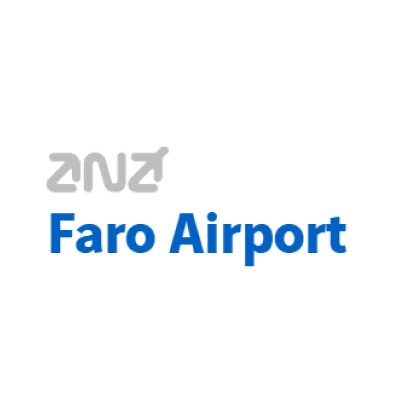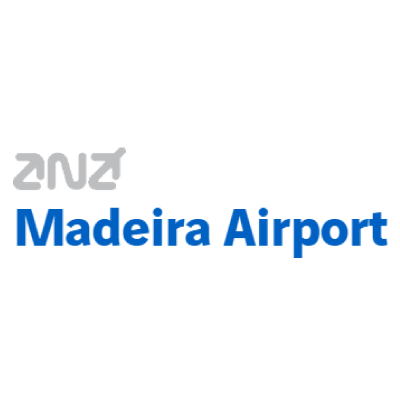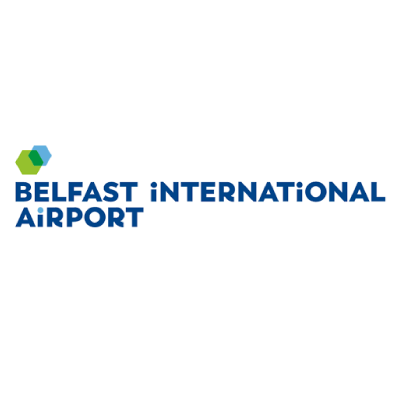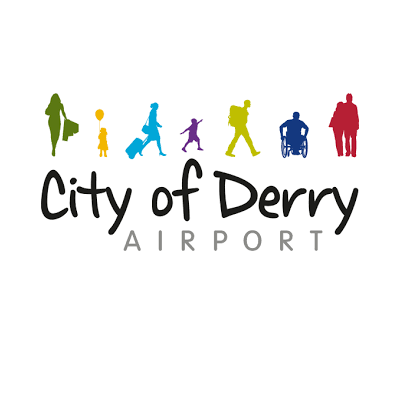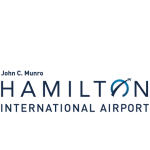How Airport Digital Transformation Improves Passenger Satisfaction, Efficiency and Revenues
Considering how to digitise your airport? You’re not alone.
Post-pandemic, there is a huge appetite for airport digital transformations, and with so many benefits to both airports and passengers, it’s not hard to see why. For airports, digital transformation is all about improving efficiency to reduce costs and enhance the passenger experience, both directly correlated with airport revenue.
But what digital technology is available to airports, and how does digitalisation improve passenger satisfaction, efficiency and revenues?
Join us as we examine the benefits of airport digital transformations, with examples from industry-leading airports.
Digitising airport information
Many passengers find visiting the airport a stress-inducing experience. For starters, passengers need to make sure they pass through the various airport checkpoints on time to catch their flight. And that’s before they’ve even considered where to grab a bite to eat and pick up those last-minute holiday essentials, which can be a task in itself, considering the size of many airports.
What makes it even trickier is when passengers can’t find the information they need, or it’s available, but not in a language they speak. All of this harms the passenger experience. The more time passengers spend trying to source answers to their questions at the airport, the less time they have to spend money in airport stores, coffee shops and restaurants.
AR-enabled Airport Navigation
Zurich Airport has digitised airport information to improve the passenger experience and make navigation easy. At the International Airport Review Online Summit, Mark Schwarz, Head of Digitalisation and Business Excellence at Zurich Airport, explained, “we joined into a partnership with Google to create the first AR-enabled airport using the Google Indoor Liveview. It’s the easiest way to navigate because you can just type in the shop or POI on Google Maps. Then, when you tilt your phone, you’ll see the real world around you and superimposed information on top of that showing exactly where to go on a rich level, in the language the person is speaking.”
Phoenix Sky Harbor International Airport has taken a similar approach to improve the passenger experience with an interactive airport map, available for passengers to use on their own devices at the airport in the language they speak. Discussing the reasoning behind the digital map, Daver Malik, Deputy Aviation Director at Phoenix Sky Harbor, said:
“We wanted the power to be in the hands of the passengers, on their devices that they’re used to using and provided in a way that is acceptable them, is easy to navigate and is an extension of the current common behaviour of our consumers, not just inside the airport, but what they experience outside the airport on a day to day basis.”
Contactless Customer Service for Airports
Here at Rezcomm, we’re all for digitising airport information and making it easier for passengers to get answers to their questions without needing to hunt down and queue up at a customer service desk. Our Contactless Customer Service product eliminates the need for customer support desks at your airport. Instead, passengers scan a QR code, access a support portal and get answers to their FAQS via an automated system or live chat operator.
What’s more, our handy Marketing products, which include Email and SMS Sending Services, make it easy for you to communicate with passengers at the airport through their mobile devices, providing personalised messages with helpful information and deals, thus improving their overall experience and encouraging them to spend.
Improving passenger revenue with shorter wait times
Streamlining the various airport checkpoints can go a long way to increasing passenger satisfaction by reducing queuing times and improving passenger revenue by freeing up passengers’ time to spend. As Mark Schwarz reminded IAR Summit attendees, “passengers only have a set amount of time at the airport. So even if you want to shop, even if you want to grab a coffee or a bite to eat, if you’ve been wasting time in a queue, first of all, you won’t have time to spend and second, you won’t be in the mood to spend.”
This is something that was backed up by data from Carrasco International Airport. Airport Operations and Customer Experience Manager, Federico Cabrera, reported that the airport had discovered a strong connection between waiting times at airport hot spots such as pre-security, passport control, boarding, gates and arrivals (which impacted passenger experience) and non-aeronautical revenue.
“At the passport control checkpoint when we measured up to 30 minutes waiting times, the sales in the stores right after dropped by 30% and in some days up to 50%. With our digital strategy, we can reduce those waiting times up to 10 minutes, and the same stores reached the maximum sales at that point,” said Federico.
Interestingly, Federico also mentioned a ‘ceiling’ on Carrasco’s ability to drive non-aeronautical revenue with reduced waiting times. In their case, they found that 10 minutes of waiting time was optimum. When they reached that level of digital efficiency, there was no difference in customer spending, even if the waiting time was reduced to 1 minute, suggesting passengers accept and expect a certain wait time. It’s important to realise these ‘ceilings’ so as not to invest extra time, money and digital resources without a justifiable outcome.
Virtual Queuing and Contactless Fast Track at Airports
At Phoenix Sky Harbor International Airport, they are trialling a Virtual Queuing pilot at the security checkpoint – arguably the most stressful part of the airport journey. As most passengers frequenting the airport are leisure travellers, the airport looked at how it could make the process easier and simpler to improve the overall experience.
“Our pilot program looks at giving the passengers the ability to book a time slot to go through the security process. If they tell us their flight number on the day of departure, we then analyse what the operating conditions will be for that flight on that date. We then present the optimal time slots for them to go through the security process. They pick a time and show up.” said Deputy Aviation Manager Daver Malik.
This pilot project aims to improve the efficiency of passengers passing through security, improve passengers’ experience with reduced waiting times, and ultimately increase airport revenue as passengers will have more time to spend.
Similarly, Rezcomm offers Contactless Fast Track Booking and Queueless Journeys, which reduce queuing times, improve the airport journey and enable passengers to use fully contactless e-tickets on their mobile devices. By automating and streamlining passengers’ journeys through the airport, you can reduce staffing costs, increase passenger satisfaction and free up their time to visit and spend in your stores, restaurants and coffee shops. Additionally, there is an opportunity to attach digital vouchers to the e-tickets, incentivising passengers to spend.
The importance of good data in improving digital efficiency
Something else that Daver at Phoenix Sky Harbor International Airport highlighted at the International Airport Review Summit is the importance of using data analytics to improve efficiency. A 100% data-driven approach has enabled the airport to determine how much space it has, how many passengers it can accommodate, and the major congestion points. From this data, it can now choose where best to leverage its digital technology to improve on the baseline.
Data collection is something we have always championed at Rezcomm, with a full suite of Business products dedicated to Analytics, Business Intelligence, Reporting and Forecasting to give you a 360 view of your airport.
Implementing technology to reduce mistakes
While we’ve touched on how airport digital transformations can improve efficiency and its link with passenger experience and earnings, it’s also worth highlighting how important digitisation is to reducing mistakes and increasing accuracy.
Discussing the various processes Carrasco International Airport has implemented, Federico said that in addition to reducing staffing costs and 90% of passengers waiting less than 10 minutes in arrival services, “the main impact is the reduction in mistakes and bad information.” He added:
“When you have people using paper processes, you can have a lot of mistakes, which are dramatically reduced when you have digital control. The direct impact is an increase in quality information, machines make less mistakes.”
We all know that mistakes lead to inefficiencies, wasted time and costs for airports and their partners. Airport technology can, therefore, help to improve the accuracy of information and improve efficiency at all checkpoints, enabling passengers to enjoy a smoother journey.
Improve passenger satisfaction, efficiency and revenue with Rezcomm
From these examples, it’s easy to see that digital transformations benefit airports and passengers. But what is also interesting is how closely the 3 e’s – efficiency, experience and earnings, are linked. Improve one with digitalisation, and you can almost guarantee that you will also improve the others. So when considering investing in any digital solution, it’s vital to ensure it ticks these boxes.
To find out how a digital transformation can benefit your airport, get in touch with the experts at Rezcomm. We are more than happy to discuss how our complete suite of airport modules can improve passenger satisfaction, efficiency and revenue at your airport.

